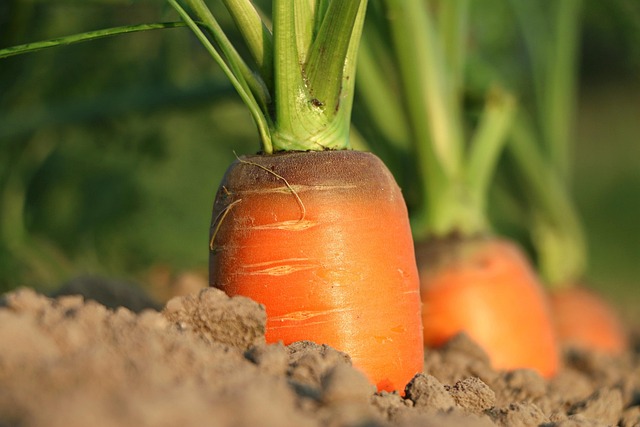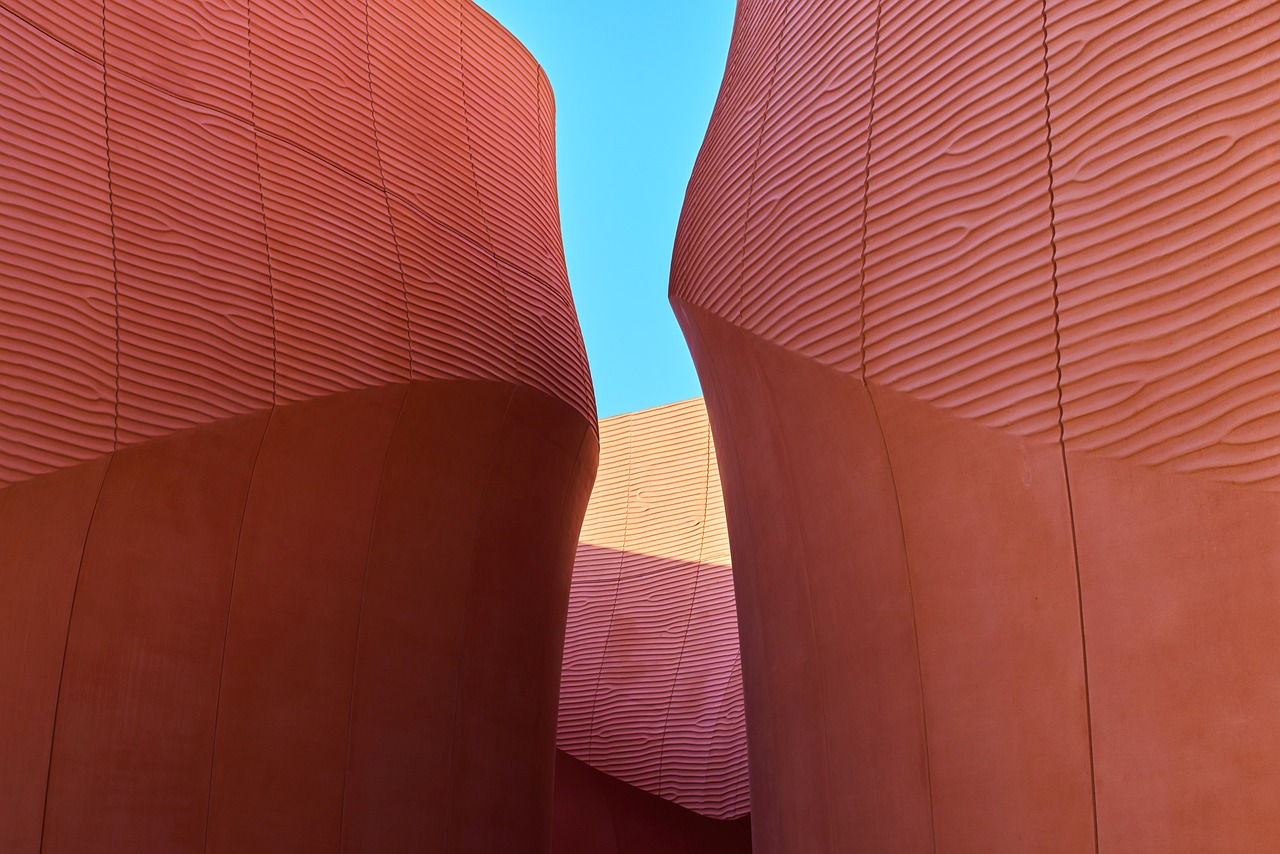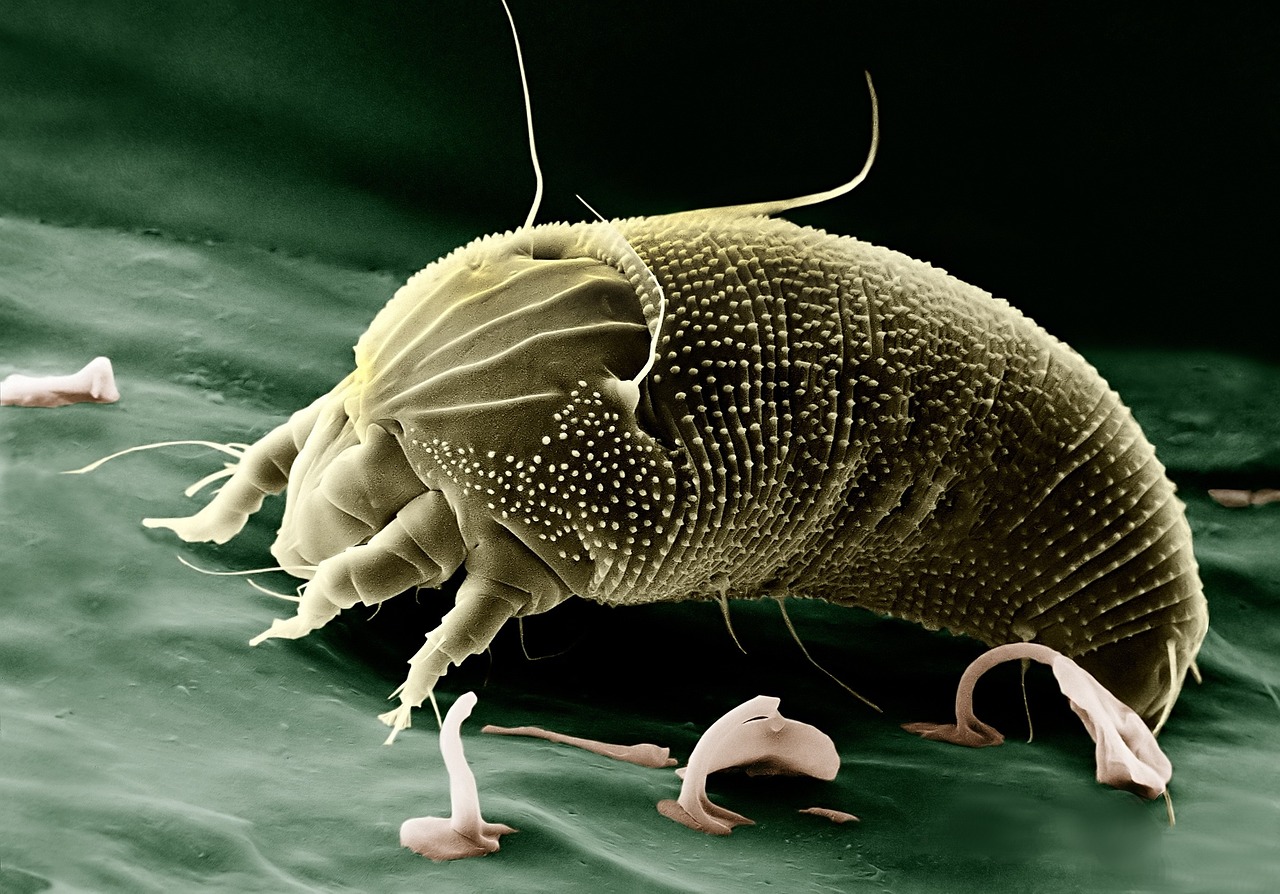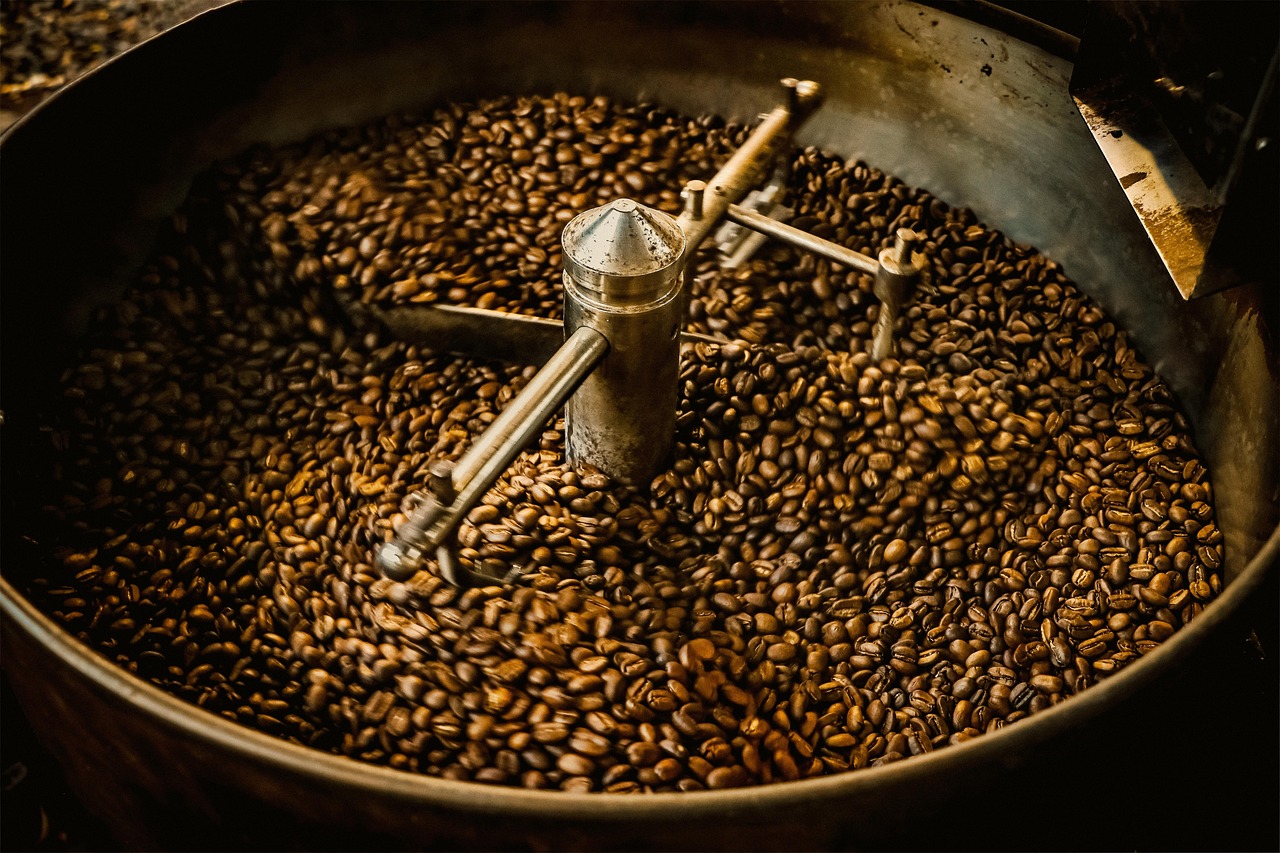
Erosion Control Matting
Understanding Erosion Control Matting
Erosion control matting is an essential tool for anyone looking to protect their land from the damaging effects of soil erosion. Whether you're a homeowner, a landscaper, or involved in large-scale agricultural projects, these mats can make a significant difference in maintaining soil integrity and promoting healthy vegetation growth. 🌱
What is Erosion Control Matting?
At its core, erosion control matting is a protective layer placed over soil to prevent erosion caused by wind and water. These mats are designed to stabilize soil, promote seed germination, and encourage plant growth. They come in various materials, including jute, coconut coir, and straw, each with unique benefits.
Types of Erosion Control Matting
- Jute Matting: Made from natural jute fibers, this matting is biodegradable and perfect for temporary erosion control. It helps retain moisture and provides a nurturing environment for seeds to sprout.
- Coconut Coir Matting: This type is made from coconut husks and is known for its durability. It’s excellent for areas that experience heavy rainfall, as it effectively absorbs water and prevents runoff.
- Straw Matting: Straw mats are lightweight and easy to install. They are ideal for quick projects, as they provide immediate coverage and allow for rapid seed germination.
- Composite Mats: Combining different materials, composite mats offer enhanced durability and performance. They can be tailored for specific environments, making them versatile for various applications.
Benefits of Using Erosion Control Matting
Utilizing erosion control matting offers several advantages:
- Soil Stabilization: These mats help hold soil in place, reducing the risk of erosion during heavy rains or strong winds.
- Vegetation Growth: By providing a stable environment, they encourage seed germination and plant growth, which in turn helps further stabilize the soil.
- Cost-Effective: Investing in erosion control products can save money in the long run by preventing costly soil loss and the need for extensive repairs.
- Environmental Protection: Erosion control mats help protect local waterways by reducing sediment runoff, which can pollute streams and rivers.
How to Install Erosion Control Matting
Installing erosion control matting is a straightforward process. Here’s a quick guide:
- Prepare the Area: Clear the site of debris and ensure the soil is graded properly to prevent water pooling.
- Lay the Matting: Unroll the matting over the prepared soil, ensuring it overlaps at the seams to prevent gaps.
- Secure the Matting: Use stakes or pins to hold the matting in place, especially on slopes or windy areas.
- Water the Area: After installation, give the area a good watering to help settle the matting and promote seed germination.
Conclusion
Erosion control matting is a practical solution for protecting your land and promoting healthy plant growth. With various options available, it’s easy to find the right type of matting for your specific needs. So whether you’re tackling a small garden project or managing a larger landscape, consider incorporating erosion control mats into your strategy. Your soil will thank you! 💪

















 Art Prints Slim Aarons: A Splash of Glamour in Your Space!
Art Prints Slim Aarons: A Splash of Glamour in Your Space! 
 Health
Health  Fitness
Fitness  Lifestyle
Lifestyle  Tech
Tech  Travel
Travel  Food
Food  Education
Education  Parenting
Parenting  Career & Work
Career & Work  Hobbies
Hobbies  Wellness
Wellness  Beauty
Beauty  Cars
Cars  Art
Art  Science
Science  Culture
Culture  Books
Books  Music
Music  Movies
Movies  Gaming
Gaming  Sports
Sports  Nature
Nature  Home & Garden
Home & Garden  Business & Finance
Business & Finance  Relationships
Relationships  Pets
Pets  Shopping
Shopping  Mindset & Inspiration
Mindset & Inspiration  Environment
Environment  Gadgets
Gadgets  Politics
Politics 